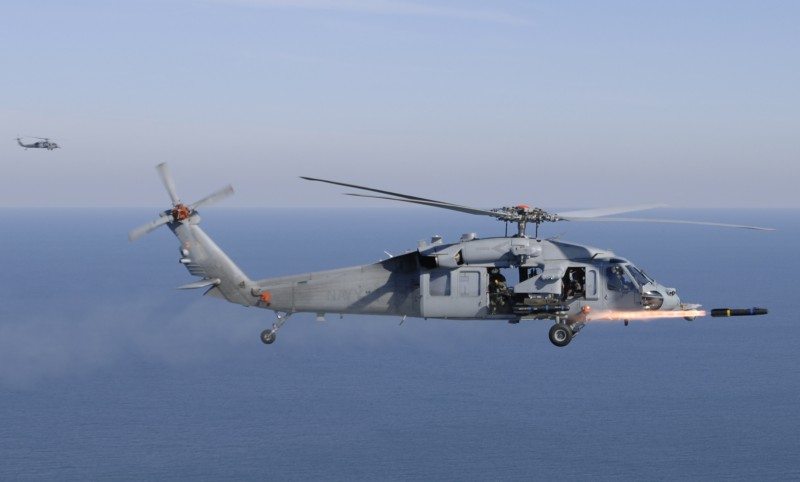Raytheon Company has been awarded a $50 million contract to deliver 50 AAS-44C(V) Multi-Spectral Targeting Systems for use on the U.S. Navy’s MH-60R and MH-60S helicopters.
This airborne forward looking infrared targeting system provides video imagery that helps soldiers, intelligence analysts and commanders in the field make critical operating decisions. Deliveries are expected to begin in 2011 and end in 2012.
“This system provides critical information to U.S. and coalition forces,” said Capt. Dean Peters, U.S. Navy program executive officer for PMA-299. “The quality of its day and night environment imagery is making a difference in the lives of our troops.”
A variant of Raytheon’s Multi-Spectral Targeting System deployed with U.S. rapid response forces, the AAS-44C(V) employs a full-motion video camera for long-range surveillance and high-altitude acquisition, tracking and laser designation from a manned or unmanned aircraft. In October 2008, C4ISR Journal ranked the sensor among the top 25 devices making “the biggest difference on the battlefield.”
“Our solid partnership with the U.S. Navy has enabled us to develop this unique system to meet defense requirements,” said Tim Carey, vice president, Intelligence, Surveillance and Reconnaissance Systems. “This electro-optical infrared system offers proven reliability and capability that support the warfighter in operations around the world.”
Raytheon developed the system for use on the U.S. Navy’s MH-60R and MH-60S rotary-wing platforms. The company also supplies it to military forces throughout the world.
Currently, Raytheon is pursuing foreign military sales of its MTS family of sensor solutions with the naval forces of Australia and India. The MTS sensor family recently marked more than 1 million hours of operational flight time.
Raytheon Company, with 2010 sales of $25 billion, is a technology and innovation leader specializing in defense, homeland security and other government markets throughout the world. With headquarters in Waltham, Mass., Raytheon employs 72,000 people worldwide.










